The automotive industry is undergoing a quiet revolution—one that isn’t about horsepower or fuel efficiency but about how we experience entertainment on the move. As vehicles evolve into mobile living spaces, the integration of cutting-edge audio technologies like Dolby Atmos is redefining what it means to play games in a car. No longer just a feature of high-end home theaters, this immersive sound technology is now making its way into vehicles, transforming them into rolling gaming hubs.
For decades, car audio systems were designed with music and navigation in mind. But as electric vehicles and autonomous driving technologies reduce cabin noise, automakers are exploring new ways to keep passengers engaged. Enter Dolby Atmos for gaming—a spatial audio format that envelops listeners in a three-dimensional soundscape. Imagine playing a racing game where the roar of engines isn’t just left and right but swirls around you, or an adventure title where raindrops patter distinctly overhead. This isn’t just sound; it’s an environment.
The magic of Dolby Atmos lies in its object-based audio. Unlike traditional stereo or surround sound, which channels audio through fixed speakers, Atmos treats sounds as dynamic entities that can be placed anywhere in a 3D space. In a car equipped with overhead speakers and precisely tuned woofers, this means bullets whizzing past your ear in a shooter or the distant echo of footsteps in a horror game feel unnervingly real. Automakers like Mercedes-Benz and Tesla are already partnering with gaming studios to optimize these experiences, blurring the line between console gaming and vehicular entertainment.
But why does this matter beyond sheer novelty? The answer lies in the psychology of immersion. Studies show that spatial audio significantly enhances emotional engagement in games by triggering our primal sense of directional hearing. In a car—a space traditionally associated with passive listening—this can turn a commute into an escape. For parents, it might mean keeping kids enthralled during long trips; for gamers, it’s about claiming back wasted travel time. And with cloud gaming services like Xbox Cloud Gaming eliminating the need for bulky hardware, all you’ll need is a controller and a subscription.
Of course, challenges remain. Road noise, even in premium EVs, can interfere with delicate audio details. Engineers are countering this with adaptive sound systems that adjust equalization in real-time based on ambient conditions. There’s also the question of content: while major titles like Forza Horizon 5 and Cyberpunk 2077 support Atmos, not all games are optimized for mobile play. Yet, as more developers embrace the format—and as 5G reduces latency for cloud gaming—the library is expanding rapidly.
What’s often overlooked is how this trend reflects broader shifts in automotive design. Cars are no longer just modes of transport; they’re becoming multimedia pods. Screens are larger, seats recline into theater positions, and now, audio systems are rivaling those in luxury homes. Dolby Atmos serves as both a technical achievement and a statement: the future of in-car entertainment isn’t about distraction—it’s about transportation to other worlds.
For audiophiles and gamers alike, this evolution is thrilling. The visceral impact of hearing a dragon’s wings beat above you in Skyrim or the Doppler effect of a passing spaceship in No Man’s Sky adds layers to gameplay that flat audio simply can’t match. And as haptic feedback in seats and steering wheels begins to sync with these audio cues, the line between virtual and physical will blur even further. Some luxury models already offer "4D" experiences where seat vibrations align with on-screen explosions.
The adoption curve will likely follow electric vehicle penetration. Early adopters—think premium SUV buyers—will experience Atmos gaming first, followed by mass-market EVs as costs decrease. Analysts predict that by 2027, over 30% of new cars sold globally will offer some form of advanced gaming audio, up from less than 5% today. This isn’t just a niche for tech enthusiasts; it’s becoming a selling point akin to premium sound systems in the 2000s.
Critics argue that this prioritizes entertainment over safety, but the data tells a different story. With autonomous driving features handling more tasks, passengers will have increasing free time—time that could be spent gaming. Even in non-autonomous cars, studies show passengers using immersive entertainment report lower stress levels during traffic jams. It’s not about distracting the driver; it’s about enhancing the journey for everyone else.
Looking ahead, the convergence of gaming and automotive tech feels inevitable. As Dolby refines Atmos for smaller spaces and game engines better optimize for vehicular play, we might see exclusive in-car game titles designed around the unique acoustics of your SUV’s cabin. Picture a mystery game where clues are hidden in spatial audio cues, or a multiplayer racer where your car’s actual motion syncs with the game. The possibilities are as expansive as the soundscape itself.
One thing is certain: the days of car gaming being limited to handheld consoles or smartphones are numbered. With Dolby Atmos turning vehicles into immersive sound domes, the open road might just become the new frontier for gamers—not as a compromise, but as a destination.
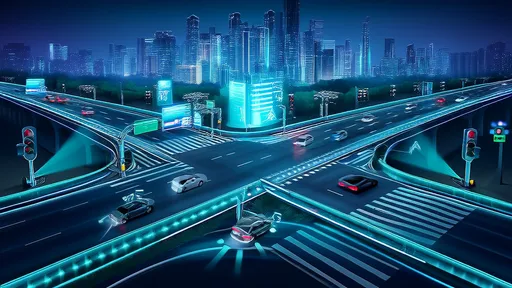
By /Jun 14, 2025
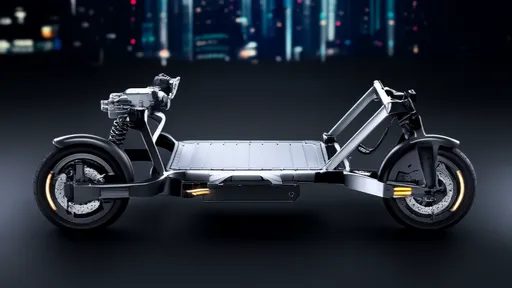
By /Jun 14, 2025

By /Jun 14, 2025

By /Jun 14, 2025
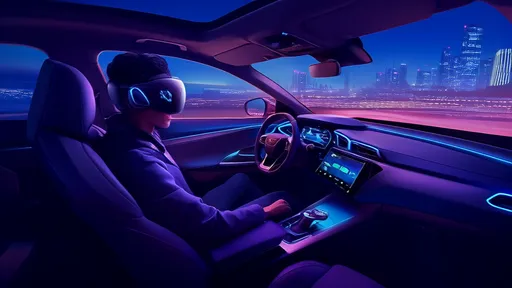
By /Jun 14, 2025

By /Jun 14, 2025
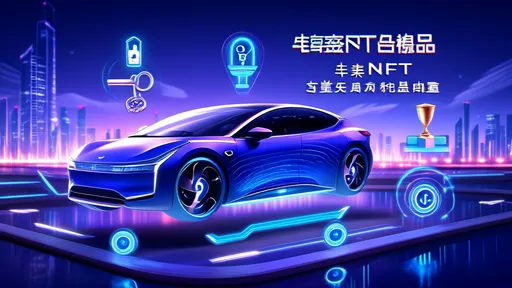
By /Jun 14, 2025
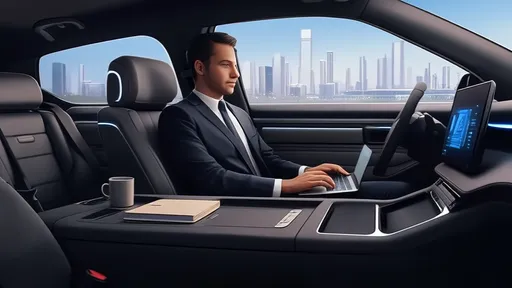
By /Jun 14, 2025
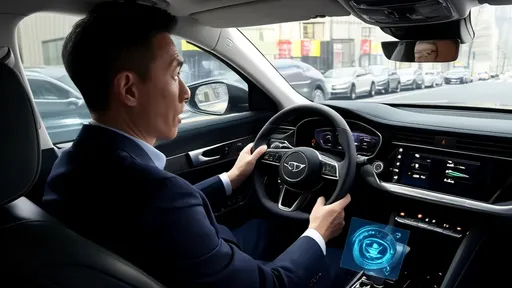
By /Jun 14, 2025
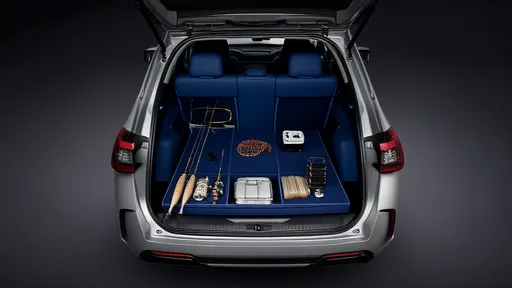
By /Jun 14, 2025

By /Jun 14, 2025
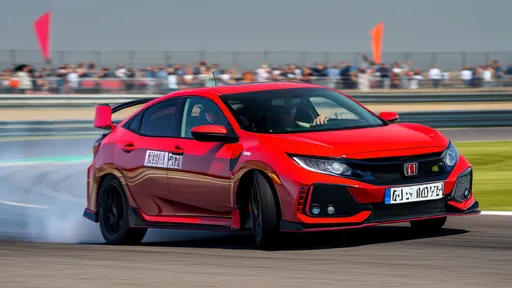
By /Jun 14, 2025
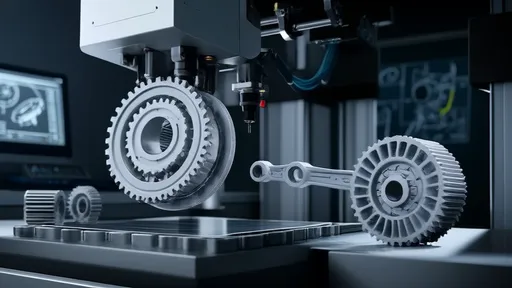
By /Jun 14, 2025
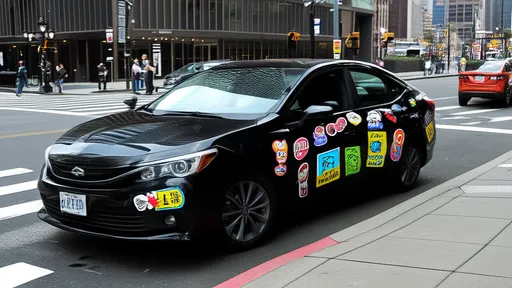
By /Jun 14, 2025
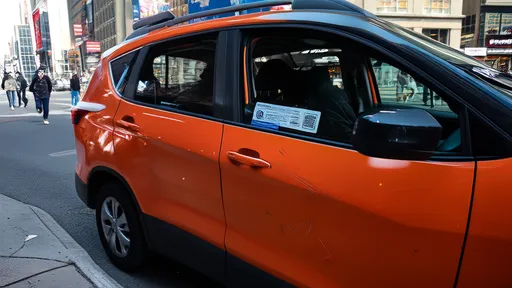
By /Jun 14, 2025
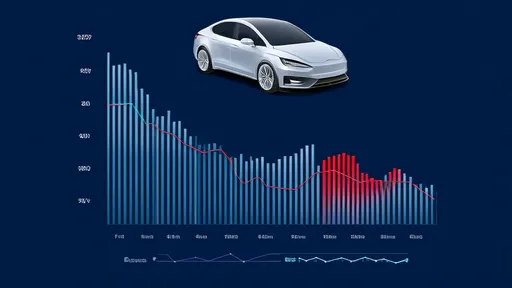
By /Jun 14, 2025
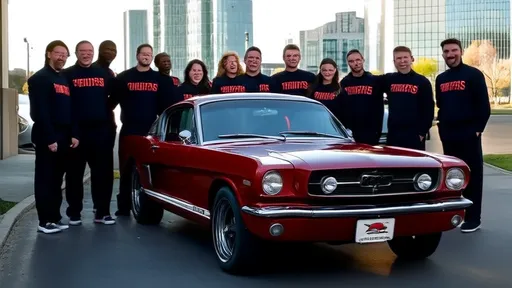
By /Jun 14, 2025
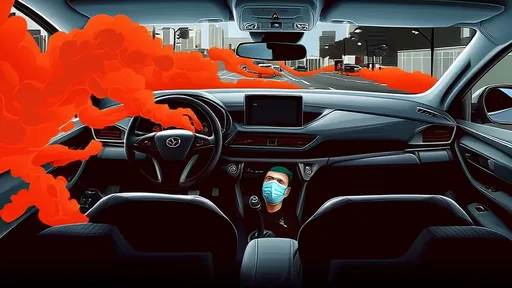
By /Jun 14, 2025